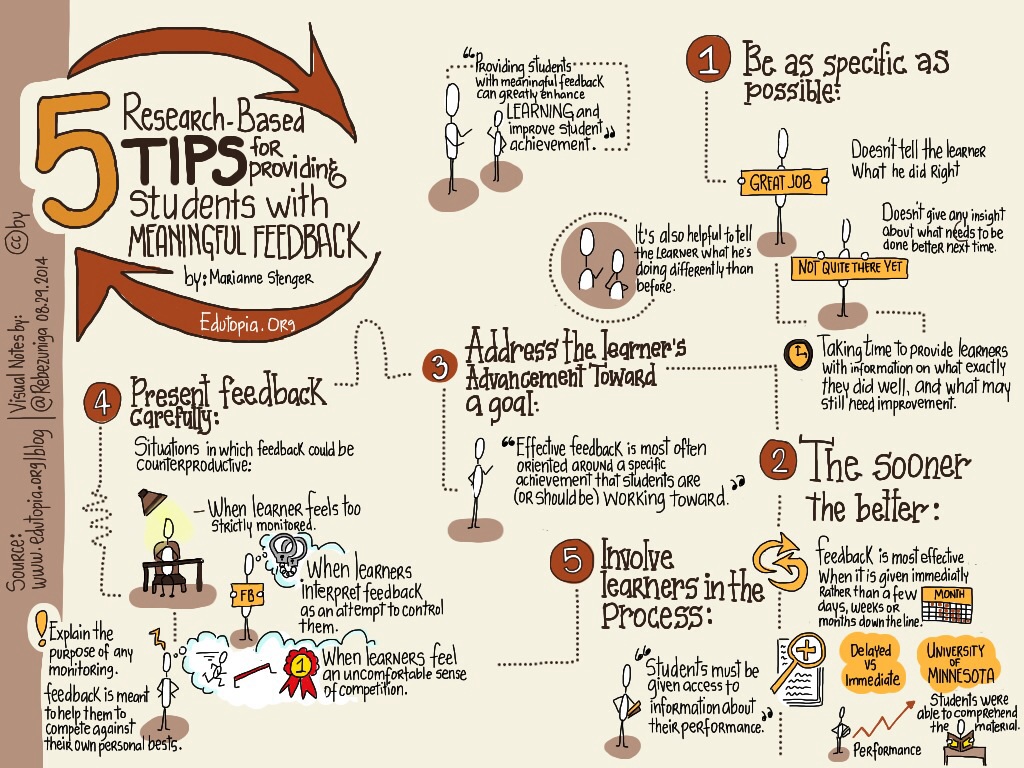
In our previous post, we discussed the why, how, and when of giving feedback, and we identified formative feedback as one of our most effective tools for teaching and learning. In this post, we’ll continue this discussion of giving effective feedback by looking at what formative feedback looks like, describing both its characteristics and providing examples of formative feedback statements.




